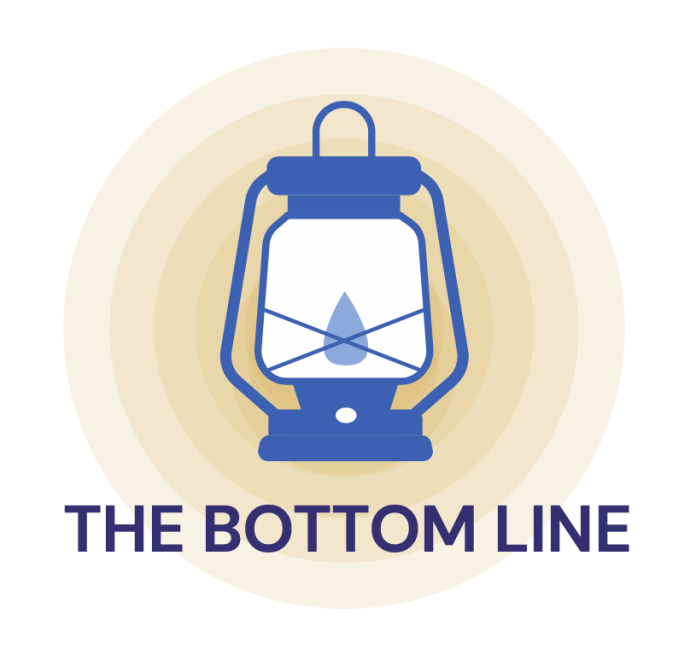Houston Sasselli
News Editor
Winter. It’s five-o-clock in the afternoon. The sun is setting. You’re itching for dinner at six. Life is good, and the darkness is coming. Wait; it’s already here.
Spring. It’s seven-o-clock at night. The sun is still up. Life is good. Life is bright. You could go for a run at seven-thirty without worrying about the early darkening sky.
Daylight Saving Time (DST) was first introduced by New Zealand scientist George Vernon Hudson and British builder William Willett to save energy resources. The Standard Time Act was passed by Woodrow Wilson on March 19, 1918. Initially known as “war time” in its attempt to save money for the war, its effects are still present today as it saves a copious amount of money. Furthermore, from 1973 to 1975 during the oil embargo crisis, DST was extended. By increasing the time we spend in daylight, we preserve energy, money, and productivity.
Daylight savings is awesome. For those who thrive off of chaos, it is the coolest thing ever, because you never quite live the same day twice. Beyond the cathartic feeling of the sun being down for longer than it should be or up for longer than some people’s grandparents, it has real-world, positive implications. From making driving and biking safer to boosting the economy in the extended hours to promoting an active lifestyle, daylight savings does good for society.
As such, it is a shame that in March of this year, the U.S. Senate approved a bill to permanently end daylight savings. However, it is an absolute triumph of time that the lawmakers were too indecisive on their decision, allowing daylight savings to return in March of 2024.
With springing forward and falling backwards, one gets the best of both worlds. For those who enjoy the cold and the opportunity to sit down and watch a movie in the dark at 6 p.m., you have falling back to look forward. For those who enjoy the sun and the active lifestyle, you have springing forward. With daylight savings and our constant time changes, we have balance in the chaos. Gain an extra hour, lose an hour. Live in the dark for half a year, live in the light for the other half. It keeps you on your toes. It keeps you constantly in motion. A sudden time shift, and you’re back in tune with the seasons around you.
One may argue that sticking to standard time is better and more beneficial. For example, some researchers say that DST drops productivity on “Sleepy Monday” with it being one of the most sleep-deprived days of the year. While it’s true that the shift to DST has been criticized for potentially impacting productivity on the Monday after the time change, it’s essential to consider the broader picture. Proponents of DST argue that the longer daylight hours in the evening can have positive effects on energy consumption, public safety, and mental well-being.
Extended daylight allows for reduced reliance on artificial lighting, hence promoting energy conservation. Additionally, increased visibility during evening hours may contribute to enhanced public safety by reducing accidents and crime rates. Moreover, the psychological benefits of having more daylight in the evenings, especially during the warmer months, can positively impact people’s moods and outdoor activities, potentially outweighing the short-term effects on “Sleepy Monday” productivity. Therefore, the overall societal benefits of DST merit consideration beyond a single day’s potential sleep disruption.
The criticism to permanently end DST is welcomed, but it is one that — though some may disagree — would reduce the economy and keep society out of the constant order of things. With DST, we get a reset each year. Without DST, life might just seem, well, mundane.
Despite well-documented societal benefits, the recent push to permanently end daylight saving time raises concerns about losing the delicate balance it brings to our daily lives. The cyclical nature of springing forward and falling back not only accommodates diverse preferences for daylight and darkness but also adds an element of unpredictability that keeps individuals attuned to the changing seasons.
While criticism of decreased productivity on the Monday following the time change is valid, it is crucial to weigh this against the broader advantages that DST offers throughout the year. Thus, maintaining a nuanced understanding of the holistic impact of DST is essential when considering proposals to eliminate or continue this temporal tradition.











